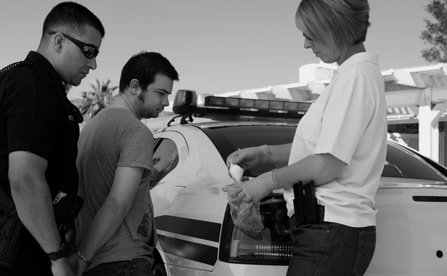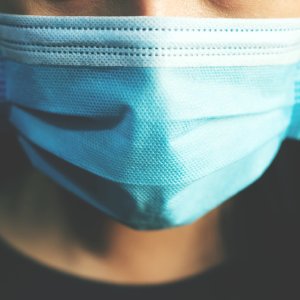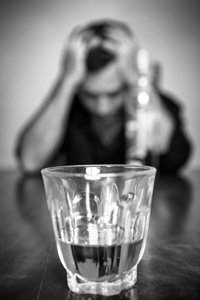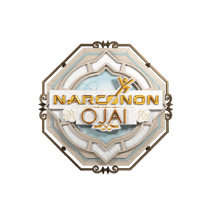Society’s Burdens of Drugs and Alcohol

Illicit drug use, prescription drug misuse and excessive alcohol use are topics society seems to try to keep hidden. When you get together with your friends, it’s not normally what you talk about. You may not hear about it in Sunday sermons. Television talk shows usually focus on other subjects. Still, it weaves its destructive way through our society and even our own lives. It’s when someone dies or gets arrested that we get a measure of the real impact drugs and alcohol are having on our society.
Just taking a quick look at some news sites makes the harm very real, very quickly:
In Oregon, Stanley Wilson, a former cornerback with the Detroit Lions, was arrested for the third time for running through neighborhoods naked. Court records show a history of drug problems, including methamphetamine use.
A mother of three in Indiana who was arrested for methamphetamine possession committed suicide in her jail cell.
In Louisville, a young man who smoked pot and drank alcohol lost control of his car and crashed into a parking lot, killing two people and injuring seven others.
In Alabama, alcohol was involved in a 4 a.m. accident in which a father lost control of his truck and hit his son’s truck head-on. Both died.
In West Virginia, a young man went to his former brother-in-law’s house and shot him in the face. The shooter said he killed the man after using an "uncharacteristically strong” dose of methamphetamine.
This is the wreckage of drug and alcohol use, along with ruined relationships, destroyed businesses, unsafe communities, injured children and broken hearts. On top of these disastrous effects, there is the cost. According to the National Institute on Drug Abuse, the total costs per year exceed $700 billion.
Ask a Policeman
Ask a policemen or any law enforcement officer how much of his workload would reduce if there were no drug abuse or excessive alcohol use. Minimally, the answer will be 50%. In Florida, one deputy sheriff set the figure at 65% and in San Antonio, a patrolmen answered 85%.
Reducing drug abuse and addiction begins to reduce costs, illness and heartache and increase the safety of our communities. More parents will have the chance to raise their own children instead of their going to other family members or foster care. Fewer parents will have to bury their beloved children.
Signs of Hope
Here and there, you see stories of hope and help that make the future look a little brighter. Like the story of Cheryl Beverly, a woman who spent years dealing drugs and now works hard to balance the scales. In Chillicothe, Ohio, she wakes up at 6:30 a.m. each morning to spend the day ushering a group of women through their recovery programs, and evenings teaching them simple life skills. “A lot of ladies have used since the age of 10, so that's when they stop growing,” Cheryl said. “You're training an adult that has a child's mind.”
What can you do to make it better? If you have children, don’t make the assumption that they will never use drugs or engage in underage drinking. The majority of youth do. Keeping your kids safe means assuming that they will be offered drugs and that they may be tempted to join their friends in using them. Be alert, be involved, be educated on the drugs they will see and educate your children well on the harm that results.
And if you love someone who is struggling with drugs or alcohol and they are unable to stop, get them into rehab the very first moment possible. The sooner they walk through the doors, the less chance there is of a disaster, arrest or overdose. The Narconon drug and alcohol rehabilitation program has been saving lives for more than five decades. Learn how our graduates reclaim their sobriety after this 100% drug-free program.


